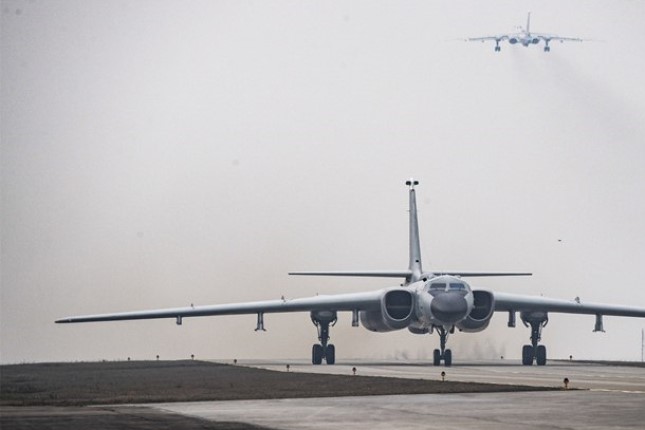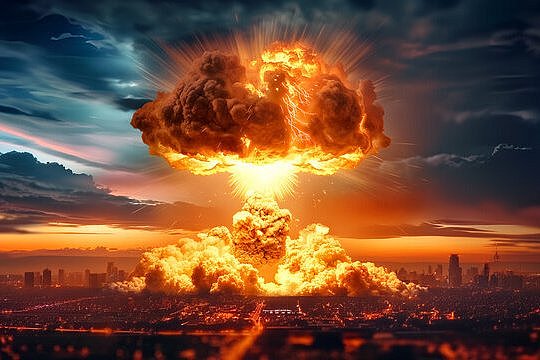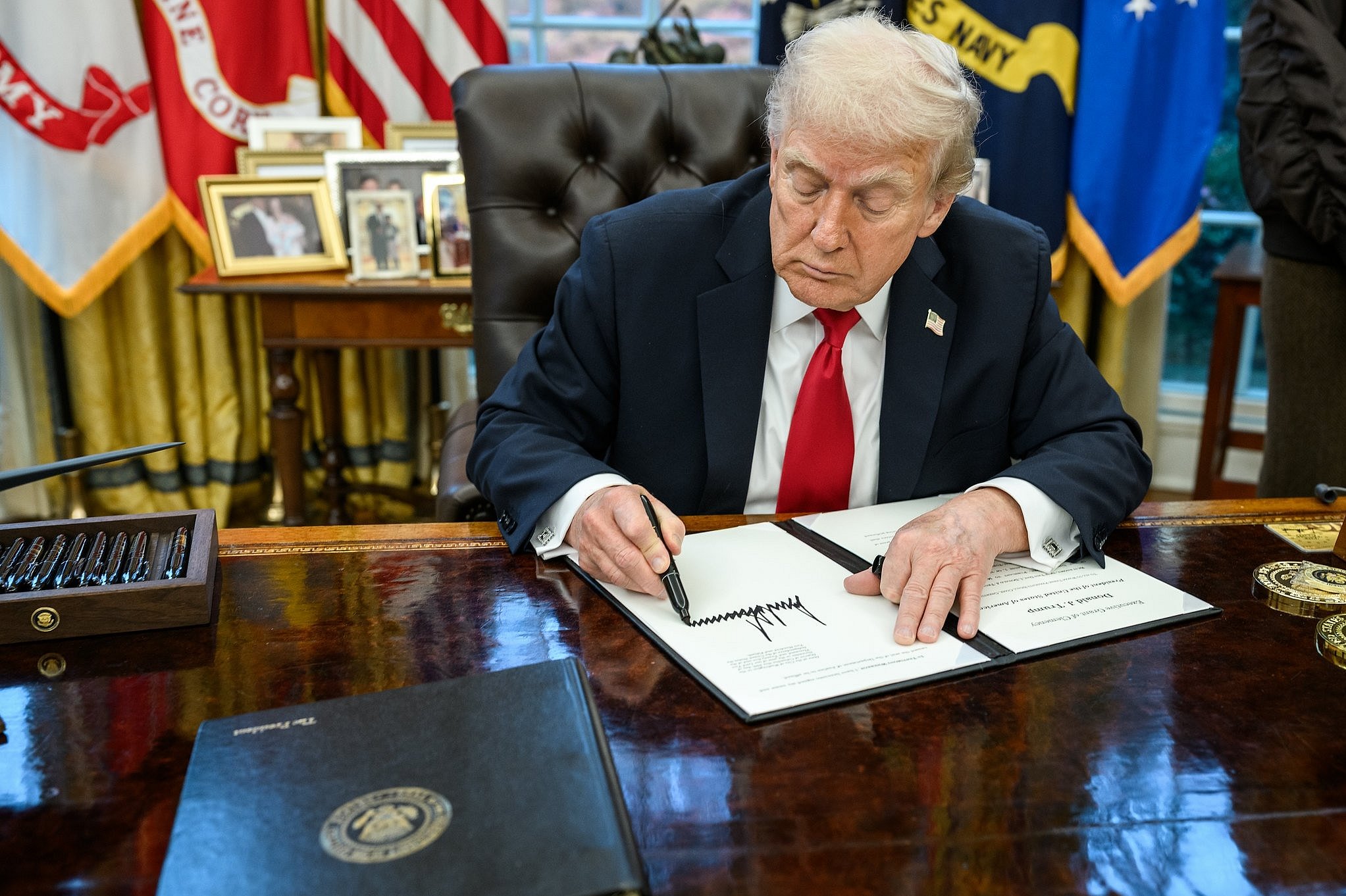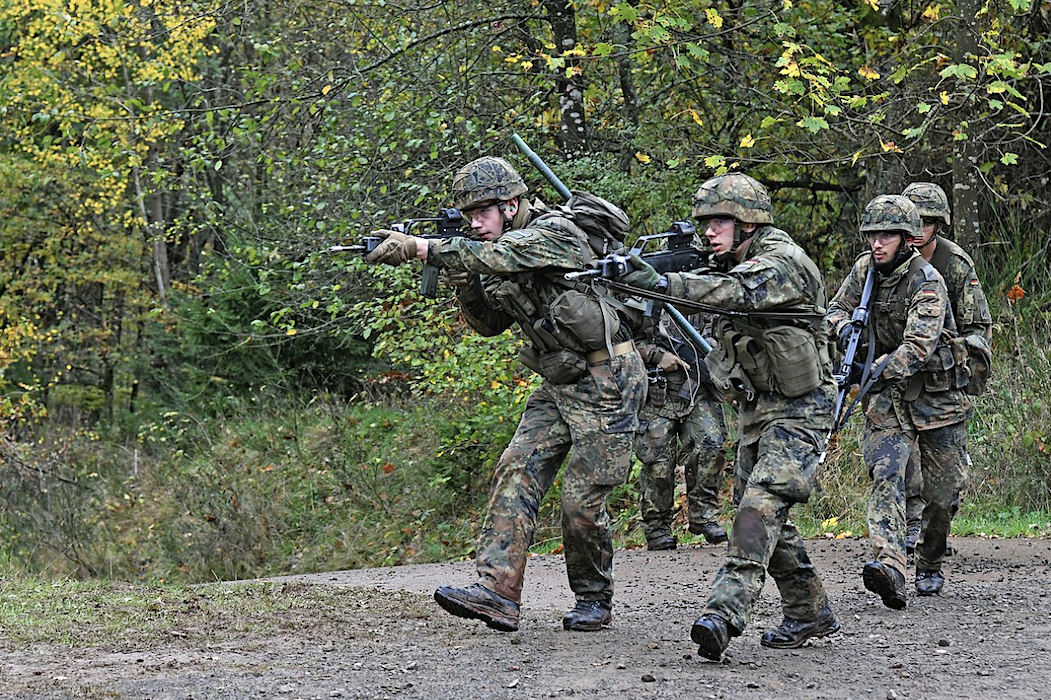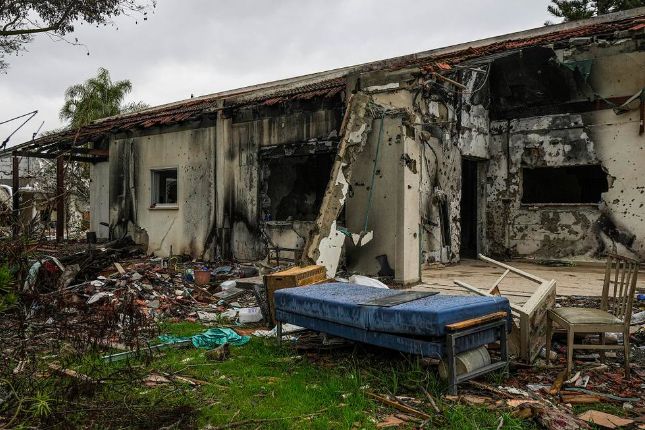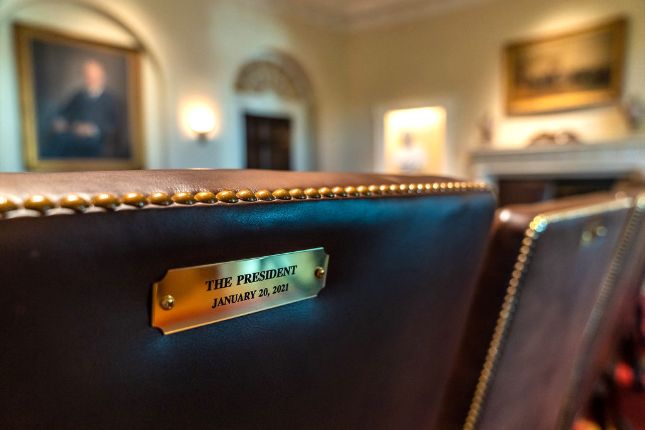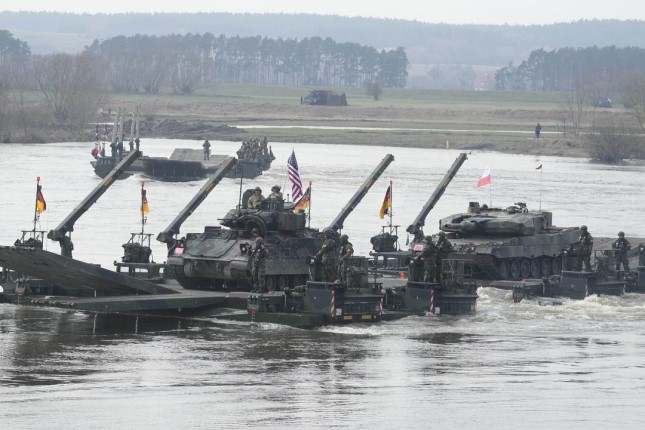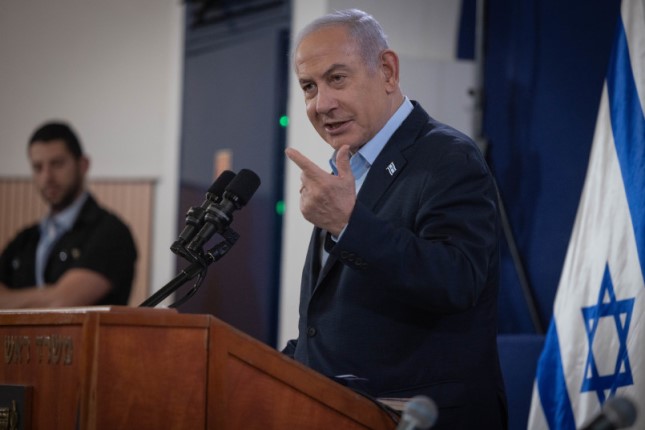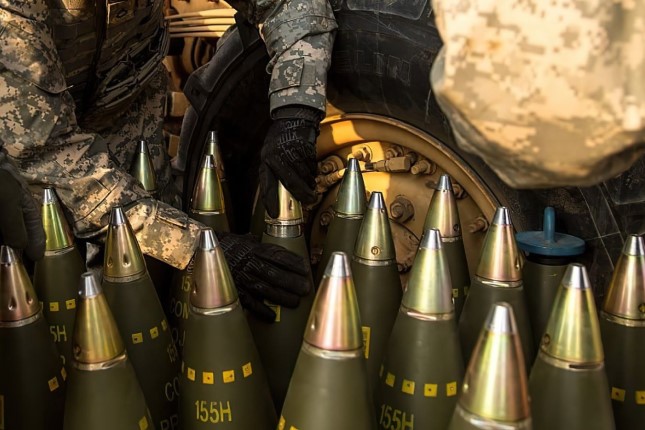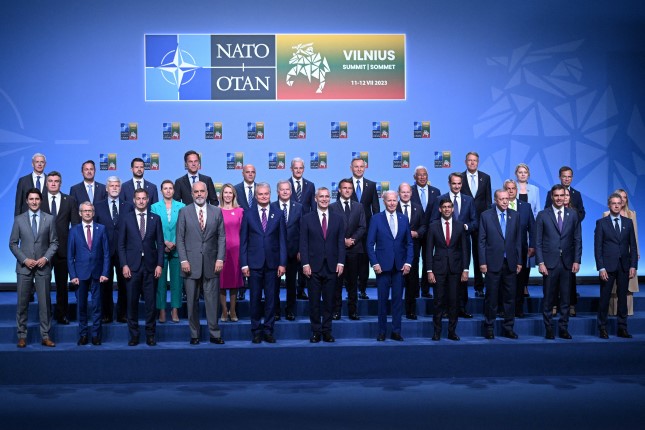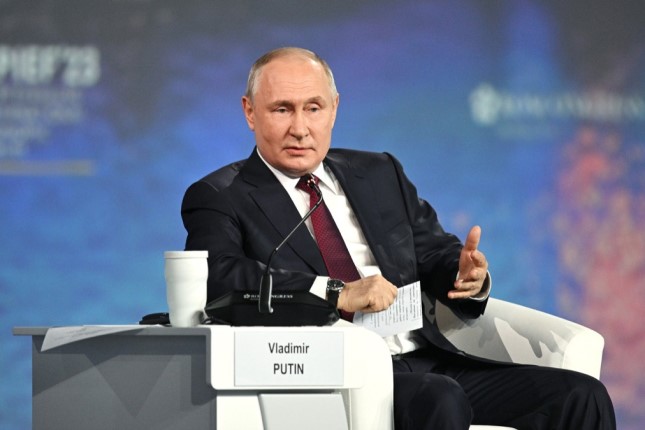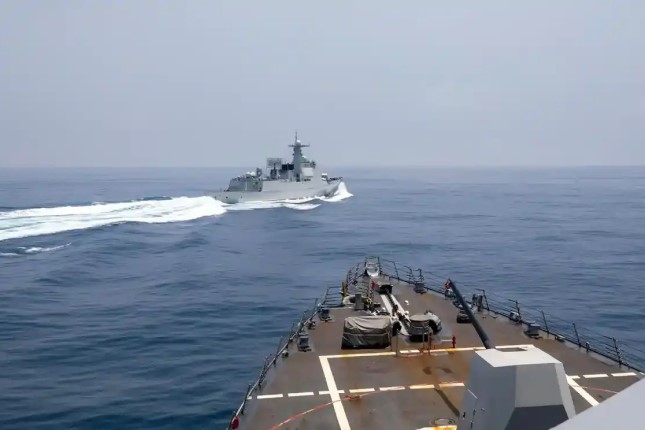The recent patrols and exercise served as deterrence against the rising tensions following US provocations in the region, analysts said.
Some 37 PLA aircraft, including J-11 and J-16 fighter jets, H-6 bombers, YU-20 tanker aircraft and unidentified early warning aircraft, were successively observed over waters to the southwest of the island of Taiwan on Thursday morning. Some of them entered the West Pacific through the Bashi Channel to the east side of the island, according to a press release issued by the defense authority on the island.
This is well above the daily average for the PLA's routine patrols and drills around the island of Taiwan, marking a probable large-scale exercise following the China-Russia joint aerial strategic patrol in the Asia-Pacific region over the previous two days, observers said.
After two Chinese H-6 bombers and two Russian Tu-95 bombers flew together on Tuesday over the East China Sea and the Sea of Japan, escorted by two Chinese fighter jets, the same number of bombers from the two countries flew across the Miyako Strait into the West Pacific on Wednesday, escorted by 18 additional aircraft in the process, Japan's Ministry of Defense Joint Staff said in a press release late on Wednesday.
In all, 22 Chinese and Russian aircraft participated in Wednesday's joint patrol, which is an irregular number, leading the Japanese government to voice "serious concerns" to China and Russia via diplomatic channels, Japanese news outlet The Sankei News reported on Wednesday.
The China-Russia joint aerial strategic patrol was conducted in accordance with international law and practice and did not target any specific country, Wang Wenbin, a spokesperson of China's Ministry of Foreign Affairs, said in a press release on Thursday, in response to the Japanese concerns.
According to statements by China's Ministry of National Defense on Tuesday and Wednesday, the joint patrol was carried out in two phases based on an annual cooperation schedule, the first phase in the Sea of Japan and the East China Sea on Tuesday, and the second phase in the West Pacific on Wednesday.
This was the first time the joint patrol was divided into two phases and extended to two days since such missions began in 2019.
China Central Television reported on Thursday that the PLA Air Force's J-11 and J-16 fighter jets escorted the two countries' bombers in the mission, while Russia's Defense Ministry said in a statement on Wednesday that the Russian Aerospace Forces' Su-30 and Su-35 fighter jets provided air cover.
A map showing the flight paths of the Chinese and Russian aircraft provided by the Japanese Defense Ministry indicated that the bombers flew beyond the range of Japanese monitoring after they entered deep into the West Pacific in the approximate direction of Guam, a major US military node on the second island chain.
The Russian statement said that during the joint aerial patrol, Russian aircraft also landed and took off from an airfield in China, which analysts said allowed the Russian bombers to refuel and receive maintenance.
The consecutive record-breaking China-Russia joint strategic aerial patrol and large-scale PLA exercise around the island of Taiwan can deter any party that stirs up trouble, and they contribute to the safeguarding of peace and stability in the region, a Chinese military expert who requested anonymity told the Global Times on Thursday.
Major directions in the Asia-Pacific along the first and the second island chains, including South Korea, Japan, the island of Taiwan and Guam, were all covered in the patrol and the exercise, the expert said.
Such missions are becoming more combat-oriented, with naval forces joining in sea-air integrated operations, Wei Dongxu, a Beijing-based military expert, told the Global Times, citing simultaneous PLA warship activities in the same regions.
A Type 055 large destroyer and a Type 054A frigate was spotted in the Sea of Japan on Tuesday, while a Type 052D destroyer and another Type 054A frigate was spotted in the West Pacific on Wednesday, coinciding with the Chinese and Russian joint aerial patrols, according to press releases from Japan's Ministry of Defense Joint Staff.
More similar patrols and training missions in the region will likely take place, observers said.
Photo: A bomber attached to an aviation regiment of the air force under the PLA Southern Theater Command taxies on the runway to get ready for a flight training exercise in late February, 2023 © China Military Online.
Source: The Global Times.
